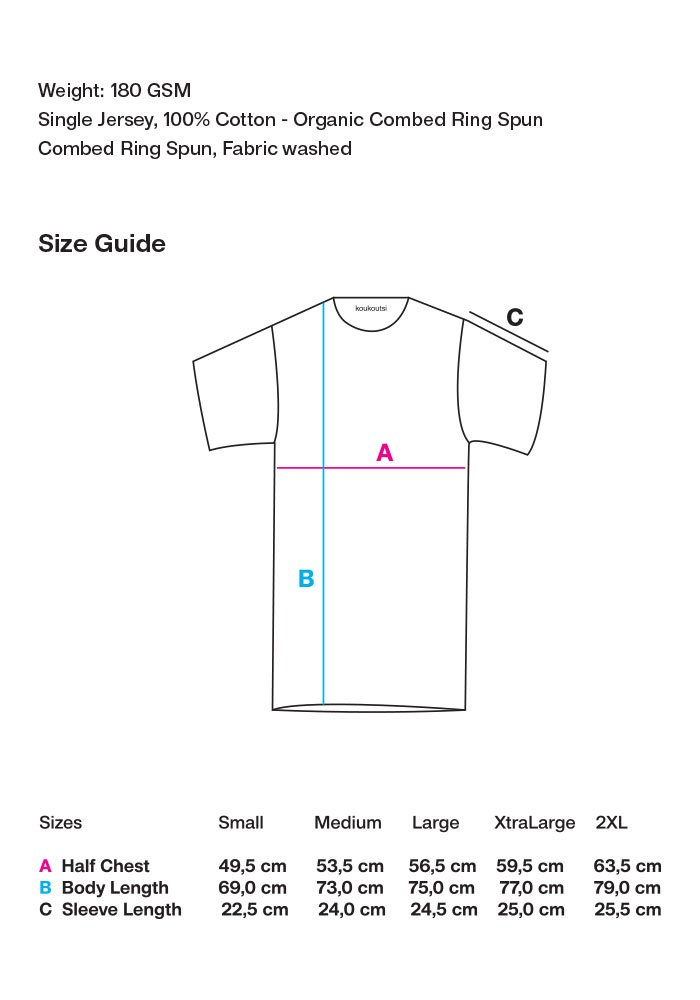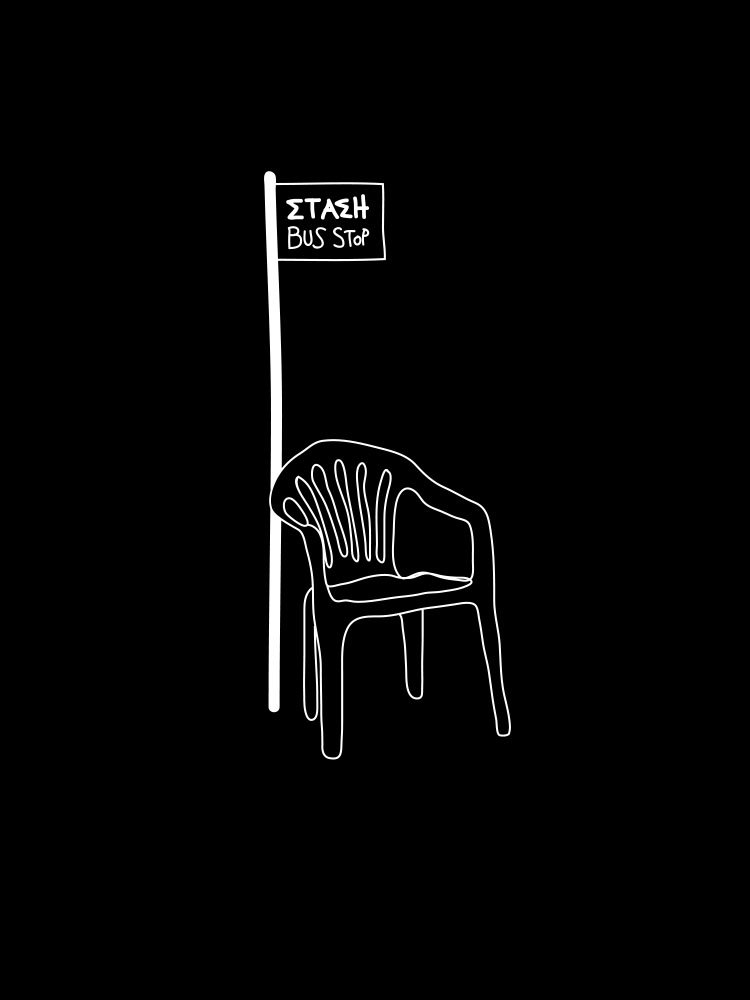Platonic Solids
In geometry a Platonic solid is a convex, regular polyhedron. Being a regular polyhedron means that the faces are congruent (identical in shape and size) regular polygons (all angles and all edges congruent), and the same number of faces meet at each vertex. There are only five such polyhedra: Tetrahedron, cube, octahedron, dodecahedron, icosahedron. Plato associated the classical elements (aither, air, fire, water and earth) with the Platonic solids.
Illustration: Niko Mainaris
Designed and Printed in Athens on 100% organic cotton T-shirt (180GSM).
Worldwide shipping.
In geometry a Platonic solid is a convex, regular polyhedron. Being a regular polyhedron means that the faces are congruent (identical in shape and size) regular polygons (all angles and all edges congruent), and the same number of faces meet at each vertex. There are only five such polyhedra: Tetrahedron, cube, octahedron, dodecahedron, icosahedron. Plato associated the classical elements (aither, air, fire, water and earth) with the Platonic solids.
Illustration: Niko Mainaris
Designed and Printed in Athens on 100% organic cotton T-shirt (180GSM).
Worldwide shipping.
In geometry a Platonic solid is a convex, regular polyhedron. Being a regular polyhedron means that the faces are congruent (identical in shape and size) regular polygons (all angles and all edges congruent), and the same number of faces meet at each vertex. There are only five such polyhedra: Tetrahedron, cube, octahedron, dodecahedron, icosahedron. Plato associated the classical elements (aither, air, fire, water and earth) with the Platonic solids.
Illustration: Niko Mainaris
Designed and Printed in Athens on 100% organic cotton T-shirt (180GSM).
Worldwide shipping.
















